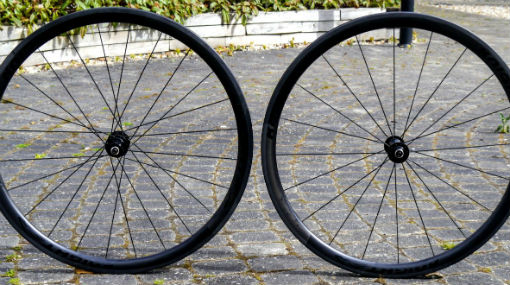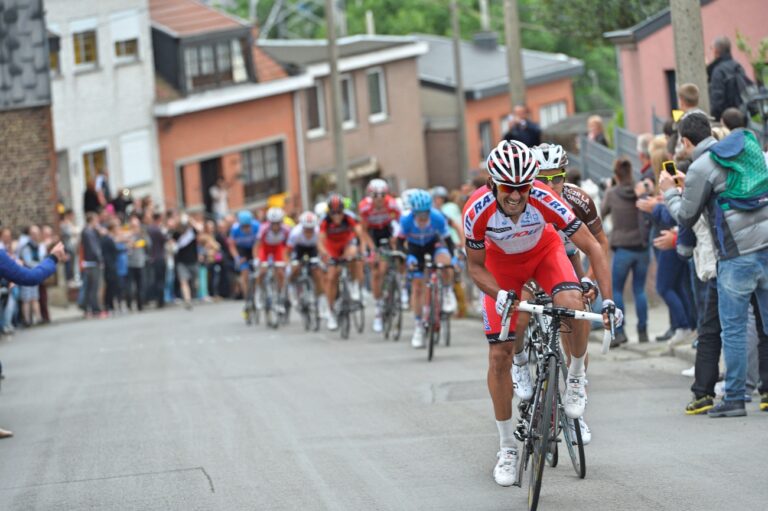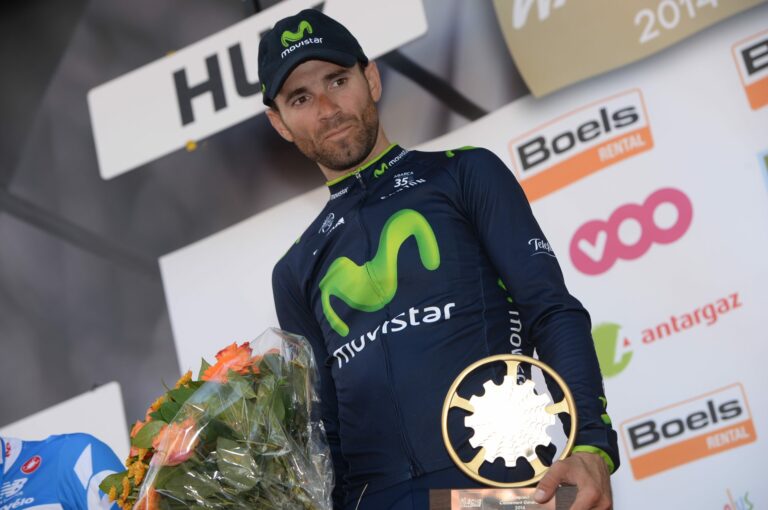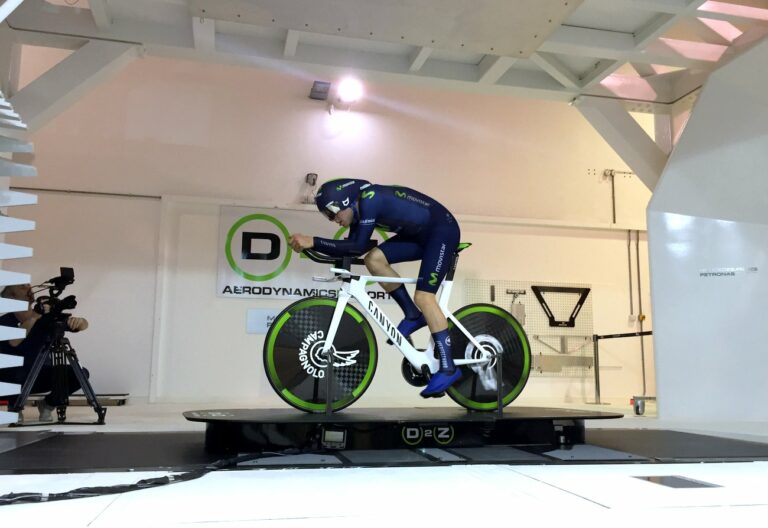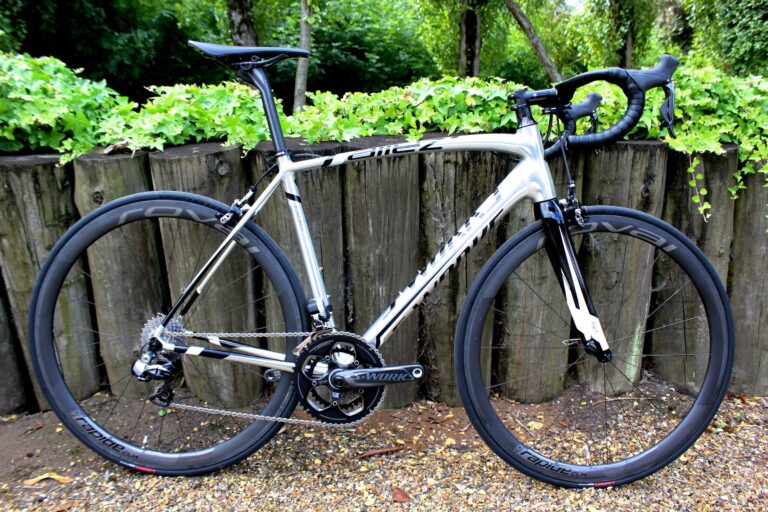What should I look for in a bike computer?
-
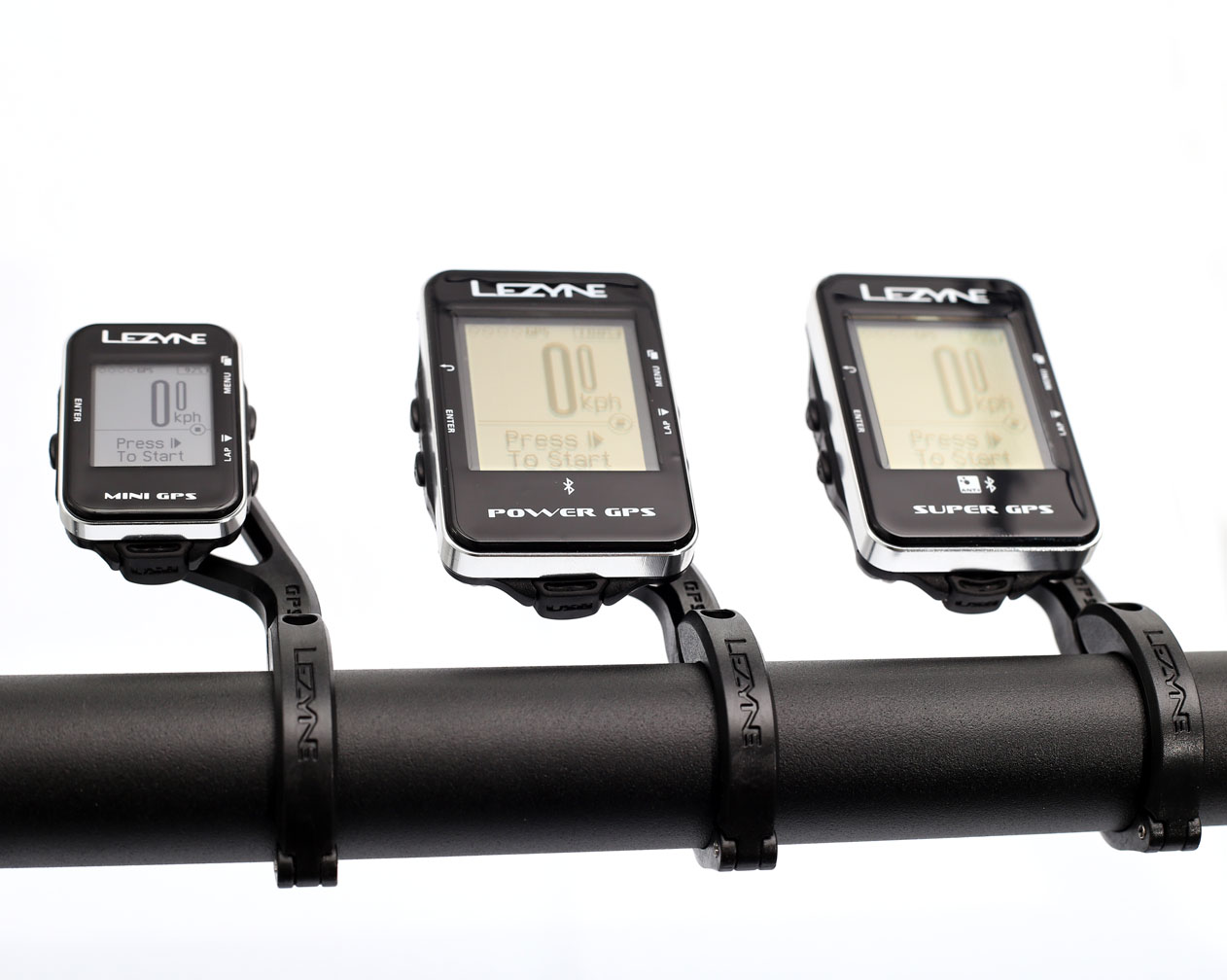
-
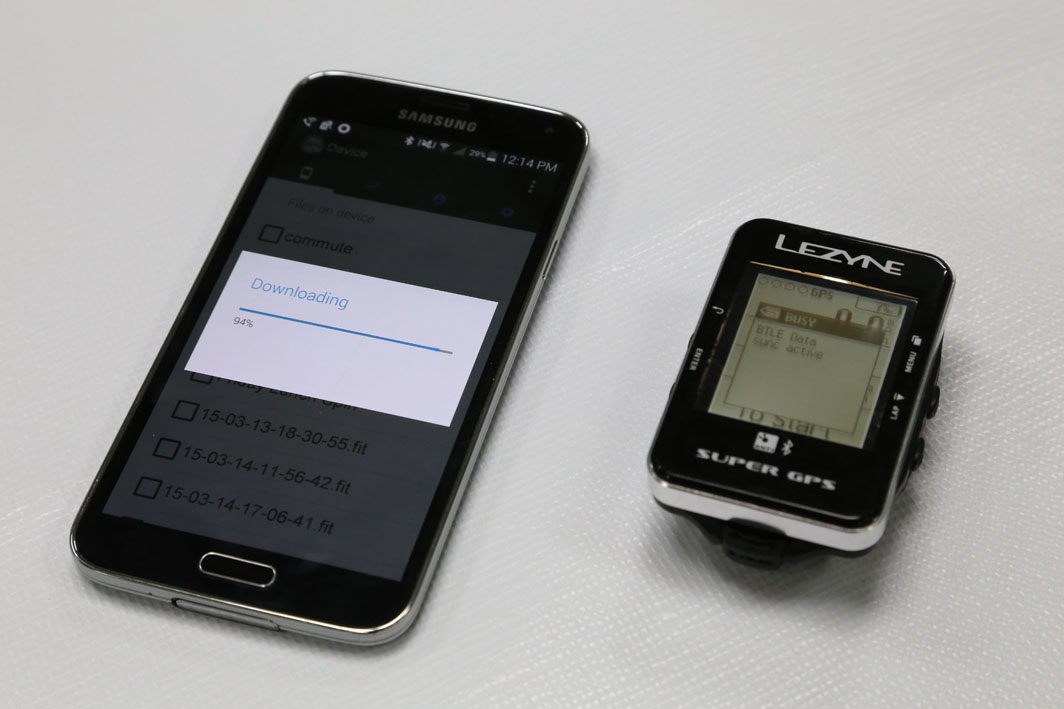
Some GPS computers now have Bluetooth Smart connectivity so they can communicate with your smartphone
-
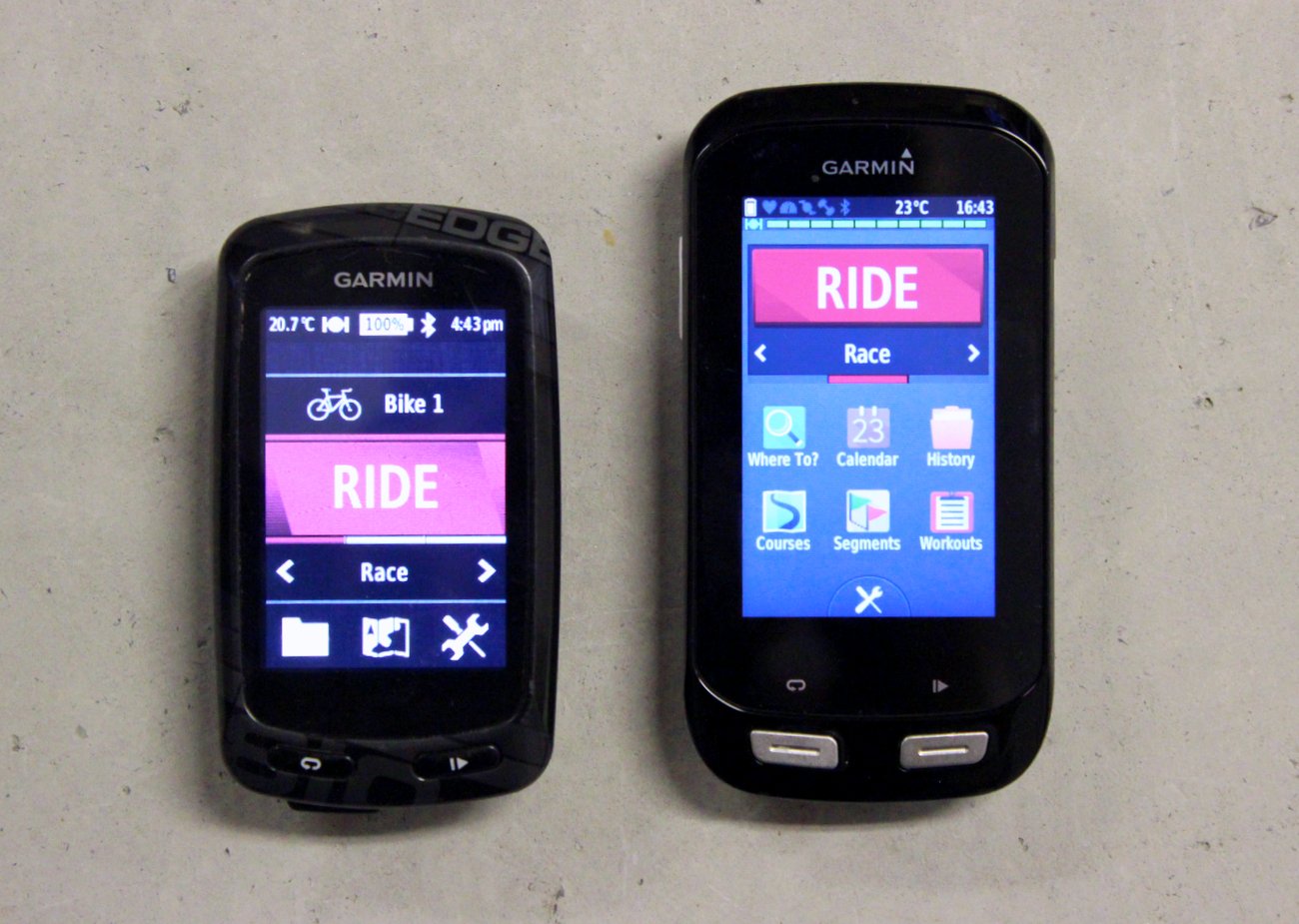
The flagship Edge 1000, pictured with the Edge 810, has the biggest screen of all Garmin's computers
-

Do you need turn-by-turn navigation?
-

Where do you want your GPS to sit? The out-front mount puts the computer in our favourite position
What should I look for in a bike computer?
If you look at today’s bike computer and compare it to what was top-of-the-range just ten years ago, you’ll see that things have come a long way. In fact, back in 2005, Garmin had just released their first Edge bike computer and GPS was very much in its infancy in cycling terms.
Fast forward to now and anyone who’s anyone in the bike computer world has at least one GPS-equipped model. Garmin are the market leaders but Mio, Bryton and CatEye and more all offer GPS units. In fact, Lezyne have just launched their very first three bike computers – all GPS-equipped – while Polar now have a GPS unit out, and German firm Sigma haven’t missed the boat either.
Whether or not you see the point in paying enough to get turn-by-turn routing on your bike computer, there’s no denying that GPS has been a game changer in terms of data recording. The ability to just press a button and have your speed, distance and a wealth of other data (from cadence to power, depending on the unit and relevant accessories), as well as your route all recorded without the need for complicated and unsightly wires, and ready to be plugged into your computer (or even uploaded wirelessly) when you get home has made tracking your training so easy that you’re almost obliged to do it.
Before you even think about buying a GPS-equipped unit, you need to have a clear idea of what you want to use it for. If you’re just after a few basic features and the ability to see where you’ve been post-ride the there’s little point in forking out £440 for something like Garmin’s Edge 1000. Similarly, if you want functions like the ability to get call notifications on screen, weather updates or turn-by-turn navigation, you’ll need to be looking at the top end of the market.
We’ll run through everything you need to know over the following pages.

